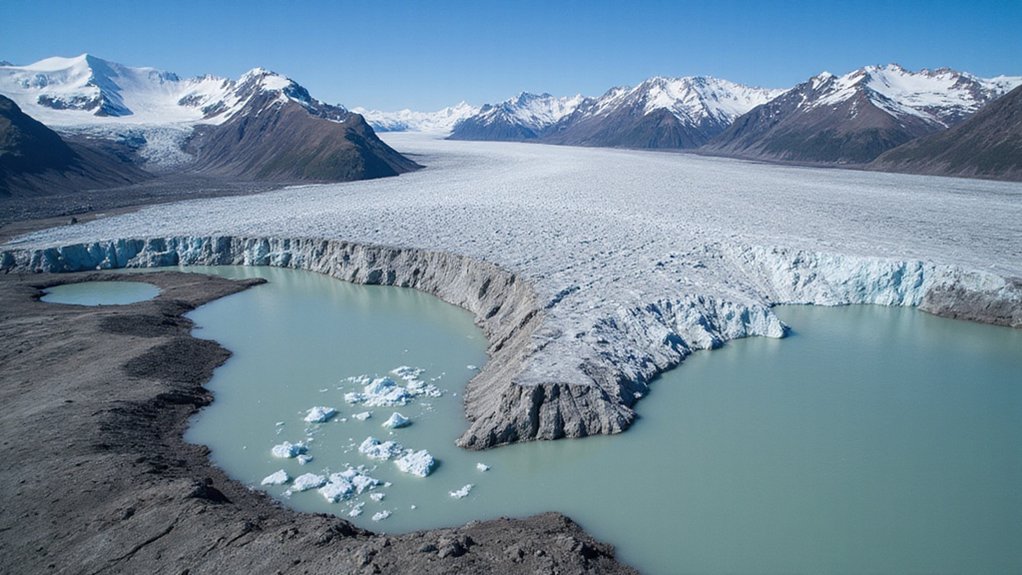While most Canadians think about pollution when they see green scum on their local lakes, scientists have discovered that climate change is now the main culprit behind exploding algae growth across the country. New research shows algae levels in Canadian lakes have risen sevenfold since the 1960s, even in remote areas far from cities and farms.
Scientists examined sediment cores from 80 lakes across Canada to track algae growth over the past 150 years. Scientists from McGill University and Université Laval published their findings in Communications Earth & Environment. They found that warming air temperatures and increased solar radiation correlate strongly with the algae explosion. This discovery challenges the old belief that only nutrient pollution from human activities causes algae blooms.
Warming air and increased solar radiation drive Canada’s algae explosion, challenging old nutrient pollution beliefs.
The problem affects lakes everywhere. Even Lake Superior, once thought too cold and nutrient-poor for algae, recorded 23 cyanobacterial blooms along its Canadian shoreline over four seasons. Lake Erie’s experiencing longer-lasting and more frequent toxic blooms that threaten water supplies and recreation for both Canadian and U.S. communities.
In Alberta, algae blooms typically start in mid to late summer and can stretch into October. Lac La Biche and Pigeon Lake face particularly intense blooms, while lakes like Sylvan and Ethel remain mostly unaffected. In 2023, earlier spring warming triggered premature algae development in some lakes. Researchers now use Sentinel-2 satellite imagery combined with water sampling to track chlorophyll-a concentrations and predict bloom patterns across six monitored Alberta lakes.
The climate connection’s clear. Lakes now experience longer periods of stratification and higher surface water temperatures, both conditions that favor algae growth. Machine learning analysis of environmental data confirms that warming effects surpass other factors in driving the increase. Remote pristine lakes that haven’t seen increased nutrient runoff still develop blooms, proving climate’s widespread impact.
These algae explosions aren’t just eyesores. Many blooms contain cyanobacteria that produce toxins harmful to humans, pets, and wildlife. They compromise ecosystem health and affect water quality for millions of Canadians. Unlike renewable energy sources that help combat climate change, these blooms represent a visible consequence of our warming planet.
As temperatures continue rising, scientists warn that lakes once considered immune to algae problems can quickly become susceptible. Satellite monitoring reveals how fast blooms can develop and move around lake basins, making them difficult to predict and manage.
The research highlights an urgent need to understand how Canada’s changing climate will reshape its iconic lakes.
References
- https://phys.org/news/2025-07-climate-major-algae-surge-canada.html
- https://abmi.ca/abmi-home/working-together/projects-collaborations/algal-bloom-monitoring-in-alberta-lakes.html
- https://www.bridgemi.com/michigan-environment-watch/study-algae-blooms-cold-lake-superior-reveal-impact-climate-change
- https://seas.umich.edu/news/toxic-algae-blooms-are-lasting-longer-lake-erie-why-thats-worry-people-and-pets
- https://ourlivingwaters.ca/wp-content/uploads/2025/02/Monitoring_Water_Bodies_with_Harmful_Algal_Blooms-_A_Canadian_Landscape_Scan.pdf








